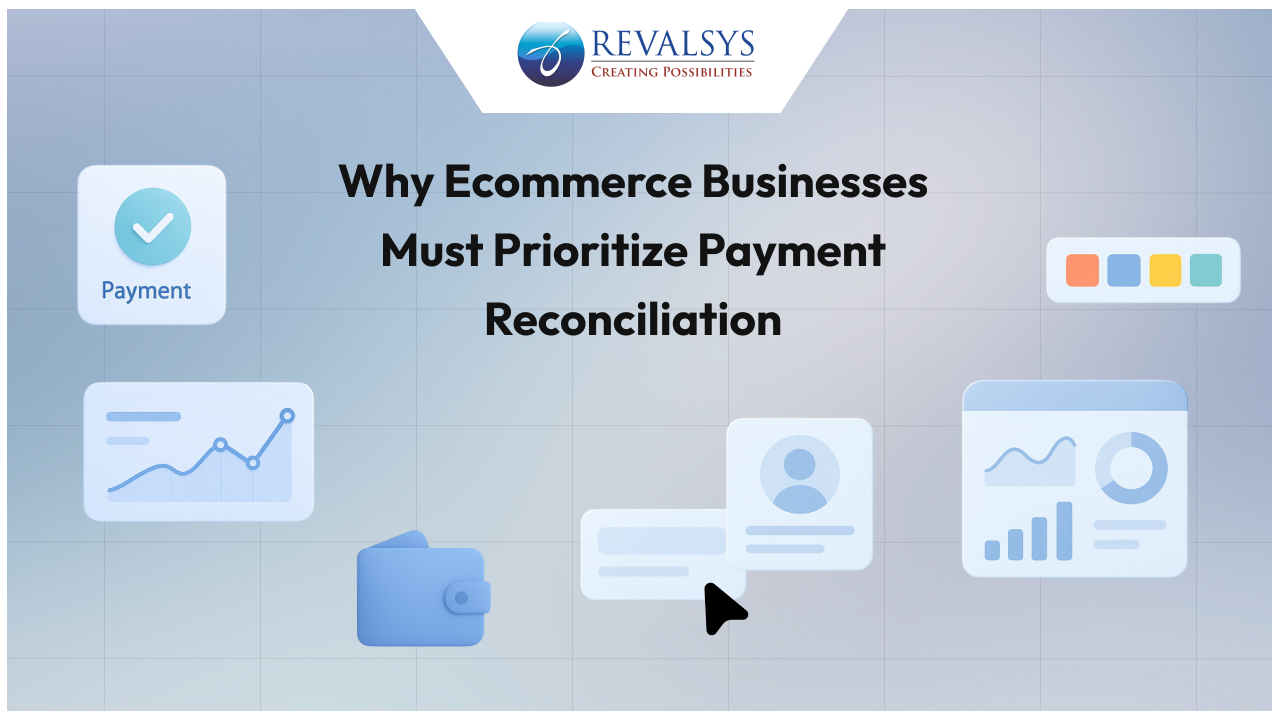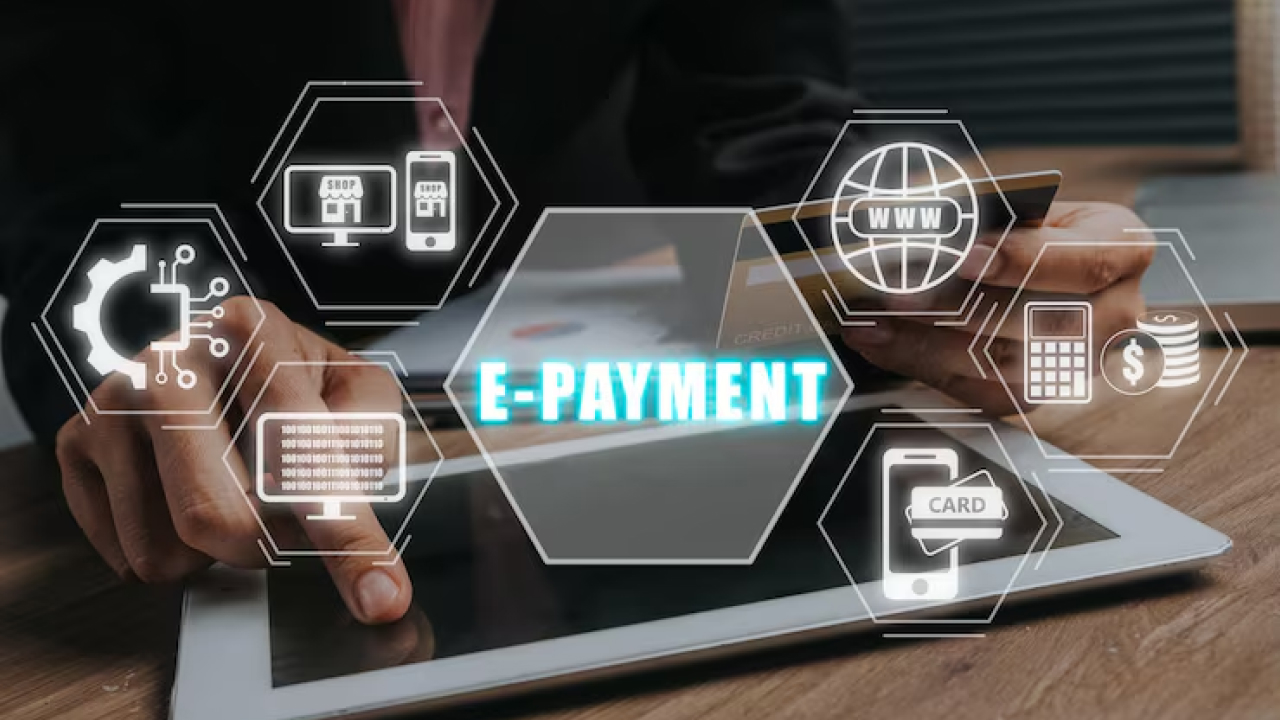
The Unspoken Truth: Why Your E-commerce Business Needs Payments Reconciliation
In the modern digital landscape, successful e-commerce rarely means selling on just one platform. For businesses in India and beyond, scaling means conquering giants like Amazon, Flipkart, Myntra and numerous other niche marketplaces. This multi-channel approach turbocharges growth but introduces a massive, hidden financial challenge: Marketplace Payments Reconciliation.
It’s the critical process of ensuring that every penny the marketplace owes you—after complex deductions for commissions, logistics, GST and penalties—actually hits your bank account. Without a robust system for payments reconciliation, you are virtually guaranteed to experience revenue leakage that can quietly sabotage your profit margins, turning your multi-million-dollar success into a headache of financial discrepancies.
This isn’t just about accounting; it’s about financial control. If you’re ready to stop losing 3-5% of your gross merchandise value (GMV) to platform complexities, read on to understand why automated marketplace payments reconciliation is your secret weapon.
What is Payments Reconciliation in Marketplaces?

Payments reconciliation is the process of systematically matching the orders generated across online marketplaces with the actual payouts credited to the seller’s bank account. For businesses, this involves aggregating data from Amazon, Flipkart, and other platforms, comparing settlement statements, deciphering deductions and fees, and ensuring that every sale, refund and commission is accurately recorded. The goal: guarantees that no transaction slips through the cracks, and every rupee is accounted for.
Marketplace payments reconciliation is unique compared to standard reconciliation because of the volume, complexity, and diversity of sources involved. Instead of a simple bank-to-accounting check, sellers must reconcile an interplay among their own records, multiple marketplace dashboards, payment processors and bank statements all of which follow their own set of rules, timelines and commissions.
Why Payments Reconciliation Is Critical for Marketplace Sellers? Multi-Channel, Multi-Headache
The multi-marketplace model introduces unprecedented complexity. High transaction volumes, variable payout cycles, returns, chargebacks, commissions, and commissions on returns every line item in a statement needs attention. Manual reconciliation, especially for growing sellers, is error-prone and time-consuming.
The Core Benefits: How Automated Payments Reconciliation Plugs Revenue Leaks
 Moving from manual spreadsheets to a dedicated reconciliation solution transforms your financial operations from a reactive expense into a proactive profit center.
Moving from manual spreadsheets to a dedicated reconciliation solution transforms your financial operations from a reactive expense into a proactive profit center.
1. Unmatched Financial Accuracy and Leakage Recovery
The primary benefit is stopping revenue leakage. Automated payment reconciliation software connects directly to your marketplaces (Amazon, Flipkart, etc.) and your bank feeds. It performs a three-way match on every single transaction:
- Your Order Data (Expected Payout)
- Marketplace Settlement Report (Actual Deductions/Payout)
- Bank Credit (Final Received Amount)
Any mismatch whether an overcharged commission, a forgotten reimbursement for a damaged return, or an incorrect tax deduction is immediately flagged as a potential claim. This directly translates to recovered revenue that would have otherwise been lost.
2. Streamlined Tax (GST, TDS, TCS) Compliance
For multi-marketplace sellers, accurately reconciling taxes is a headache.
- Marketplaces deduct TDS (Tax Deducted at Source) and TCS (Tax Collected at Source).
- Your software must verify these deducted amounts against the tax certificates issued by the marketplaces.
- A robust payments reconciliation system ensures your reported revenue and the corresponding tax credits match perfectly, simplifying GST filing and making you audit-ready in minutes, not weeks.
3. Accelerated Claim and Dispute Management
Marketplaces have a very narrow window (often 7 to 30 days) for sellers to raise disputes on incorrect fees or missing reimbursements. Manual reconciliation is often too slow to meet these deadlines, resulting in missed claims.
- Automated systems flag a discrepancy the moment a settlement report is generated.
- Your finance team receives a report of disputable transactions with the necessary evidence, allowing them to initiate the claim process before the window closes, maximizing your recovered income.
4. Superior Cash Flow Forecasting and Strategic Insight
When your financial data is accurate, your business intelligence improves exponentially.
- True Profitability: Reconciliation reveals the net profitability of a product after all marketplace fees, helping you make smarter pricing and product stocking decisions.
- Vendor Performance: You can identify which marketplace charges the highest effective fees, guiding future negotiations or platform focus.
- Reliable Forecasting: Knowing the exact timing and amount of expected payouts from all platforms provides the stable financial data required for accurate inventory planning and business expansion.
Why Payments Reconciliation Is Crucial
- Financial accuracy: Automated payment reconciliation prevents under- or over-reporting of revenue, helping sellers file accurate taxes and manage cash flow better.
- Fraud and error detection: This process quickly catches unauthorized transactions, duplicate charges, or missed settlements that may otherwise go unnoticed.
- Faster dispute resolution: With all records at hand, sellers can raise disputes with marketplaces much more efficiently.
- Trust and compliance: Reliable, transparent records help pass audits and increase confidence among business partners, investors, and regulatory authorities.
Main Steps in Marketplace Payment Reconciliation
 1. Collect Data from All Channels:
1. Collect Data from All Channels:
Gather order data, sales reports, and settlement files from each marketplace, payment gateway, and internal accounting system.
2. Match Transactions:
Cross-reference every order with settlements received to flag discrepancies, duplicates, or missing payments.
3. Review Fees, Deductions, and Commissions:
Analyze and verify each deduction—whether for logistics, commission, or returns.
4. Identify and Investigate Anomalies:
Any mismatch must be investigated—often caused by data entry errors, delayed refunds, or wrong commission rates.
5. Resolve Issues and Update Records:
Follow up with platforms to correct errors, raise disputes for missing payouts, and update internal books with final amounts.
6. Regular Reconciliations:
Schedule reconciliations frequently (weekly or monthly) to keep matters manageable and avoid end-of-quarter surprises.
Why Marketplace Payments Reconciliation Is So Difficult
Marketplace environments magnify reconciliation complexity:
- Each platform (Amazon, Flipkart, Meesho, etc.) has unique report formats, payout cycles, and deductions.
- Thousands of micro-transactions need matching every month, multiplying the risk of errors or delays.
- Foreign currency sales further complicate the process with fluctuating exchange rates and cross-border fees.
- Returns, refund cycles, chargebacks, and canceled orders demand constant cross-verification to prevent revenue loss.
Automation: The Key to Scalable Reconciliation
 Manual reconciliation, though theoretically possible, is unsustainable past a certain sales threshold. Modern marketplace payments reconciliation tools automate data aggregation, transaction matching, discrepancy alerting, and reporting, allowing finance teams to focus on resolution—not data entry.
Manual reconciliation, though theoretically possible, is unsustainable past a certain sales threshold. Modern marketplace payments reconciliation tools automate data aggregation, transaction matching, discrepancy alerting, and reporting, allowing finance teams to focus on resolution—not data entry.
Key capabilities of automated solutions:
- Integration with multiple marketplaces and payment gateways for direct data pulls
- Real-time transaction matching and auto-identification of unreconciled items
- Visualization dashboards showing reconciled, overdue, and dispute transactions
- Automated reporting for GST, commissions, refunds, and fees breakdowns
Benefits:
- Drastically reduced manual effort and human error
- Complete visibility across the payment lifecycle, including delayed and disputed items
- Quicker resolution of payout issues and prevention of profit leaks
- Scalable for sellers managing hundreds to thousands of monthly transactions
Best Practices for Effective Marketplace Payments Reconciliation

- Centralize all payments and settlements data in a unified platform for holistic visibility
- Reconcile payments frequently—daily is best for high-volume sellers, weekly for others
- Use reconciliation software that integrates directly with all your sales channels and payment processors
- Regularly audit deduction structures for each marketplace to ensure accurate fee recovery
- Establish a streamlined process for raising and tracking disputes with each platform
- Monitor reconciliation Key Performance Indicators: unreconciled transactions, error frequency, average dispute resolution time
Real-World Example: Ecommerce Seller’s Journey
Consider a seller who transacts on Amazon, Flipkart, and Myntra. Each week, they receive dozens of settlement statements, each with unique formats and deduction summaries. Fees for logistics, listing, advertising, and various commissions mean that the credited amount rarely matches gross sales.
Without an automated reconciliation process:
- Margin leaks go unnoticed
- Missing refunds disrupt cash flow
- Disputes take endless communications to resolve
With reconciliation software:
- Transactions are automatically matched
- Discrepancies are flagged instantly
- The finance team focuses on high-value problem-solving, not manual research
The Future: Smarter, Real-Time Reconciliation
Payment reconciliation is advancing fast. Artificial intelligence and machine learning are helping auto-categorize discrepancies and predict issues before payouts are missed. Blockchain promises even greater transparency, while APIs allow almost instant reconciliation that scales with the business.
Beyond the Numbers: Achieving Audit-Readiness and Compliance

In a high-volume, multi-platform environment, financial transparency is key to compliance and trust.
Marketplace Payments Reconciliation acts as your indisputable audit trail. It links every customer order to a specific deduction in a settlement report, which, in turn, is matched to a bank credit. This seamless, end-to-end auditability is invaluable during:
- Annual Financial Audits: Quickly demonstrate the integrity of your revenue data.
- Tax Assessments: Provide clear evidence of all TDS/TCS deductions claimed.
- Investor Due Diligence: Present clean, accurate books that build confidence for future funding or acquisition.
By embracing automated payments reconciliation, you elevate your finance team from data processors to strategic revenue recovery specialists. You move beyond simple bookkeeping and unlock the true, scalable profitability hidden within the complexities of the multi-marketplace ecosystem. Don’t wait for your next financial report to reveal a costly leak—take control of your marketplace revenue today.
Ready to reclaim your lost profits? Invest in automated payments reconciliation.
